This is a very crucial step to determine the better growth of Konjac. These eleven steps mentioned below are carefully managed by our farmers and team which take 2 months of preparation before we get to planting season.
To make sure the field is ready for the konjac cultivation not only the structure and arrangement of the soil for the efficiency of farmers to do the daily activity, the morphology of the land, and the health of the soil.
This step will be carried on before October rainy season or planting season. Our team will do a whole area check for soil Ph level, nutrition, landscape, and many others to make sure it is suitable for Konjac to grow.



Yellow Konjac needs a temperature of 25-35 degrees Celsius to develop and produce at its best. Cover crops and the availability of sprinkling water offer the warm and moist conditions required for leaf growth. Meanwhile, dry circumstances will be affected the growth of tubers.
Land clearing begins by removing thick trunked trees and weeds from a 10-hectare tract of non-active oil palm plants. This will make it easier for yellow konjac’s roots to grow and develop, as well as to eliminate potential host plants for pests and diseases.
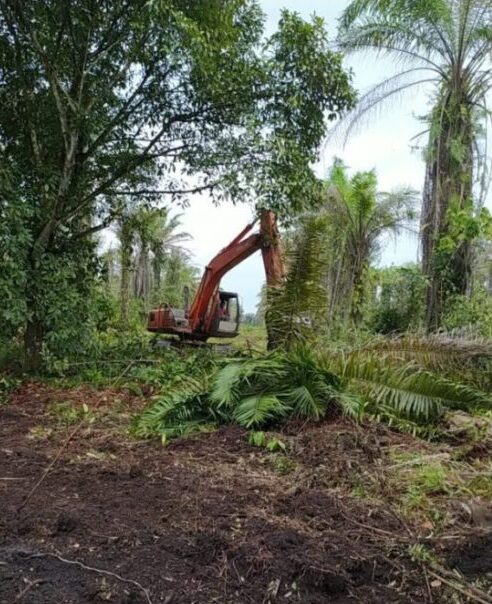





Land rotary is used to get rid of hard soil heaps on the surface. Soil loosening also attempts to restore soil fertility, maximize yellow konjac’s root growth, improve soil texture, and improve air circulation in the soil, it will help yellow konjac’s roots absorb nutrients more efficiently. A tractor can be used to loosen huge sections of ground and then traditional tools such as hoes, shovels, and other tools can be used to loosen small portions of land.
After loosening the soil, dolomite fertilizer is added. Dolomite sowing is used to neutralize the pH of the soil and is also part of the land preparation process. A healthy soil pH for yellow konjac’s plant growth is 7, as soil with a low or high pH makes it difficult for plants to absorb nutrients, where plants can absorb nutrients best at a neutral pH of 7 to 8. Dolomite is treated by evenly sowing it. For maximum absorption, use your hands and do it in the morning. Every 1 ha plantation, we prepare 20 tons of dolomite.
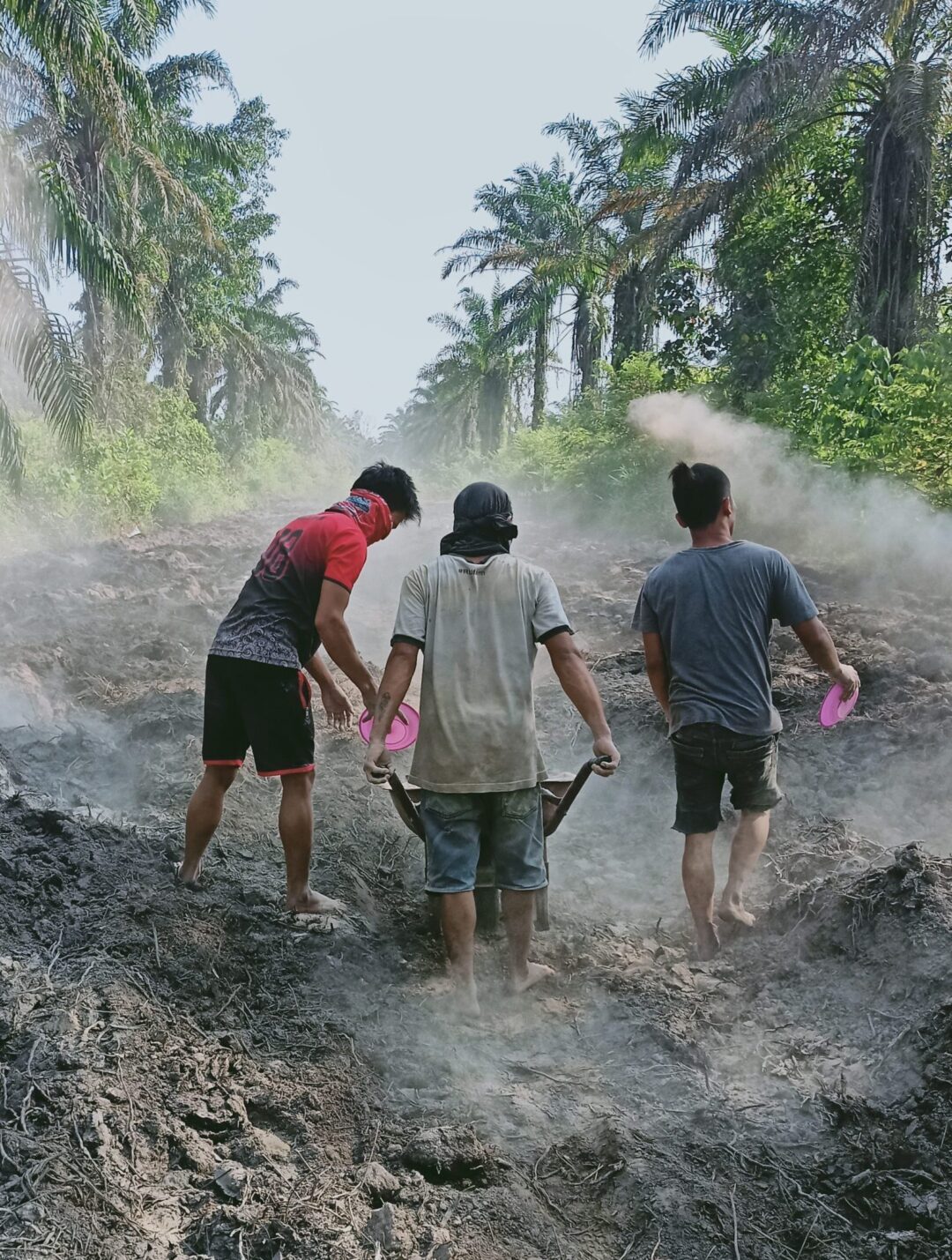





Compost is also provided throughout the land preparation stage. Compost fertilizer is made up of organic waste such as leaves, straw, reeds, grass, rice bran, corn stalks, and other organic materials that have been decomposed. Composting has numerous advantages, including increased soil fertility, increased soil microbial activity, increased water absorption, increased crop yields, keeping the soil flexible and not hard, and other advantages for konjac growth. Fermenting process usually takes 1 month prior before spreading it on the soil. Every 1 Ha plantation we prepare 20 tons of compost.
The goal of the second land rotary or loosening is to promote soil fertility, refine soil structure, maximize compost base fertilizer absorption, equally distribute dolomite into the soil, and improve soil texture and air circulation so that nutrients can be absorbed by konjac roots. for getting more optimal results, the second loosening of the soil is still done with a tractor.
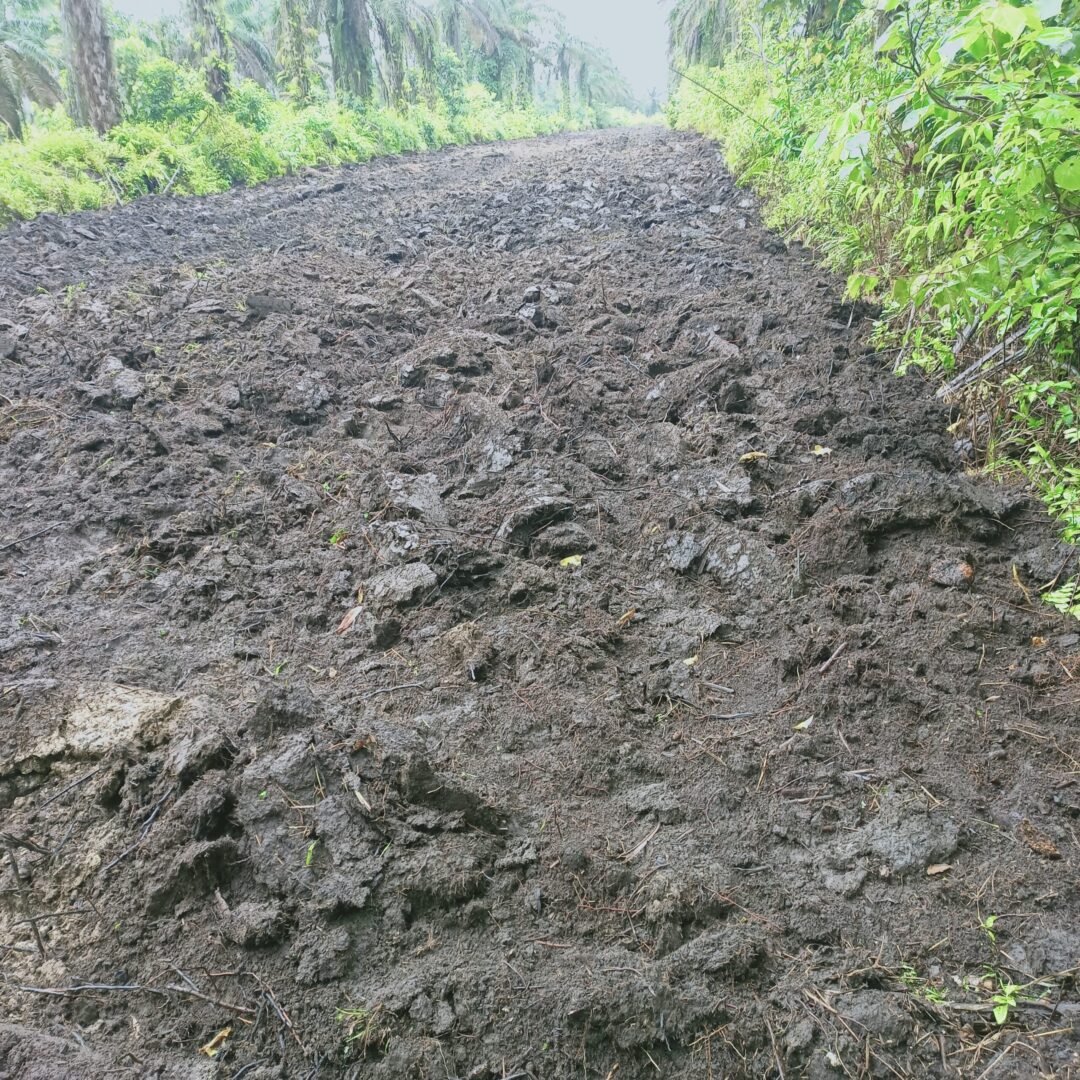


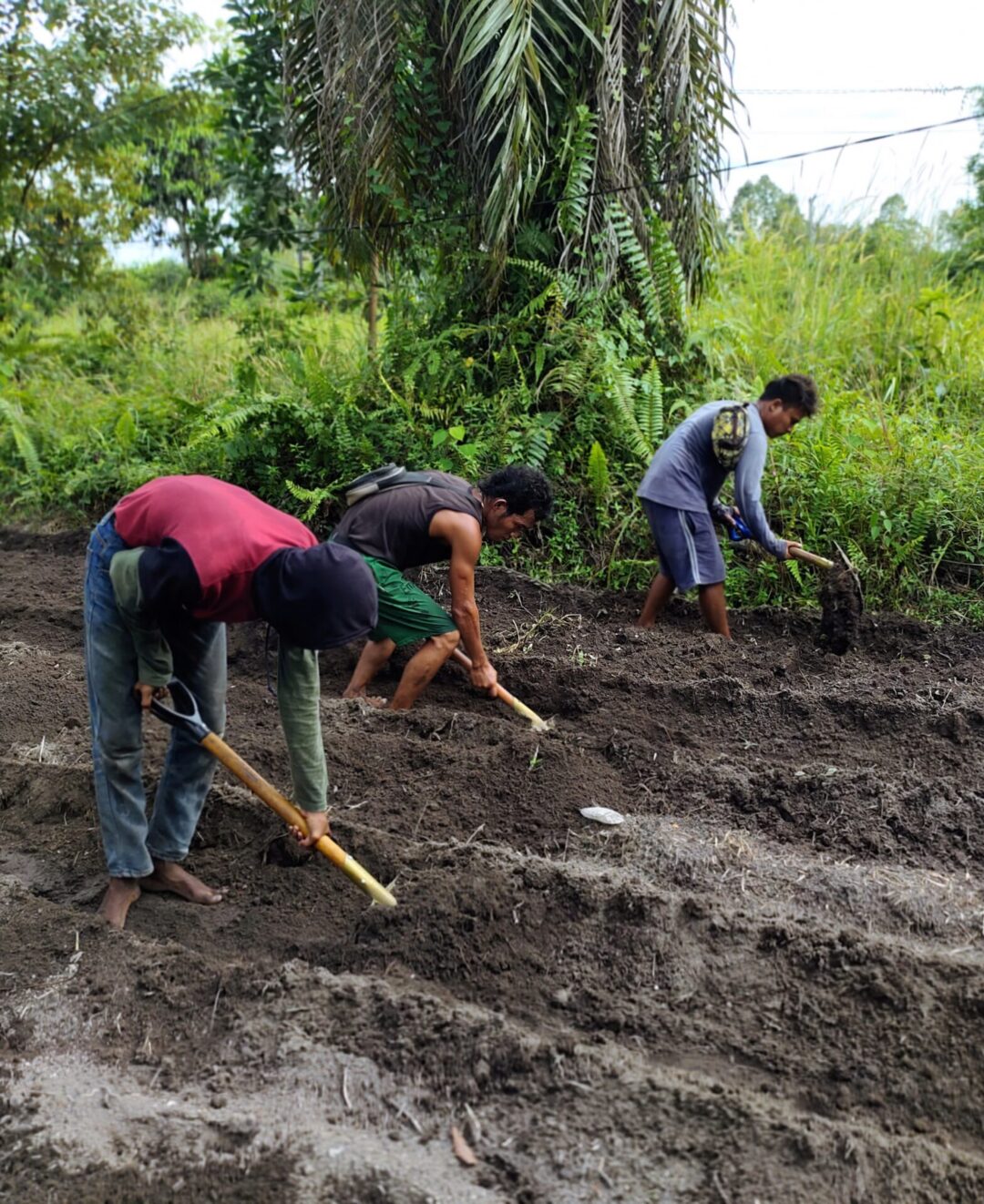


At Mitra Porang Nusantara, the development of a land formation will have a length of 250 meters, a width of 120 centimeters, and a height of 50 centimeters was completed as part of land preparation. Because the spacing employed is regular, irrigation may develop in each row, the construction of this bed seeks to make the planting medium tidier and ordered. Because the roots are exposed for watering often, plant root growth is more ideal, and fertilizer transported by water currents is avoided, efficient irrigation can prevent drought during the dry season and root rot during the rainy season.
It’s utilized to get rid of weeds like grass, reeds, and weeds. Herbicide is mainly dictated by the primary crop’s and weed’s development stages. Herbicides are used in the morning or evening (flexible) depending on the weed situation in the field. Herbicide spraying takes place in the bed’s ditch or along the garden’s border. Every day, PT. Mitra Porang Nusantara performs a consolidation to check for weeds that grow around yellow konjac plants in the planting area; if new weeds are discovered growing around the planting holes, the garden workers will eradicate them by hand immediately.
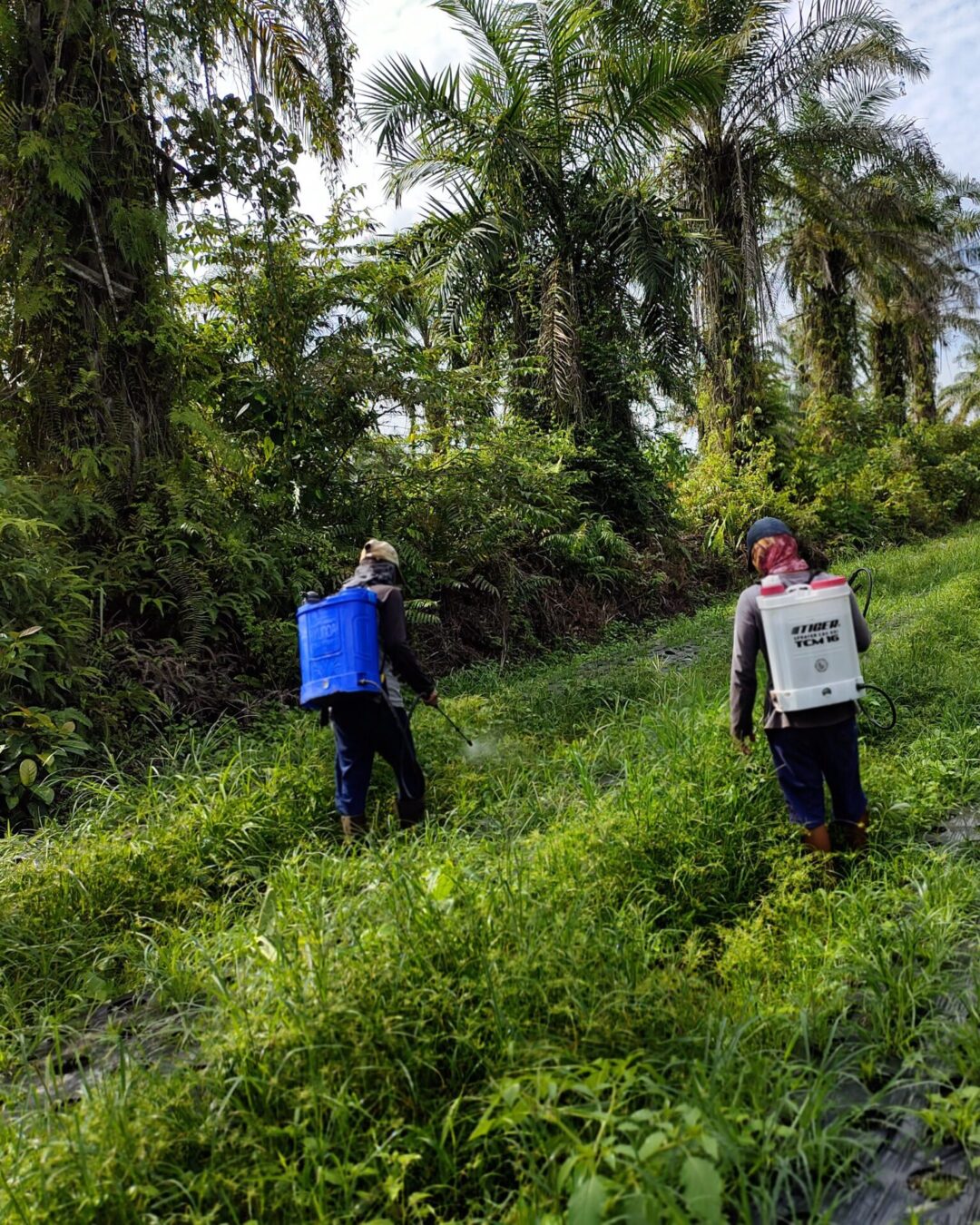


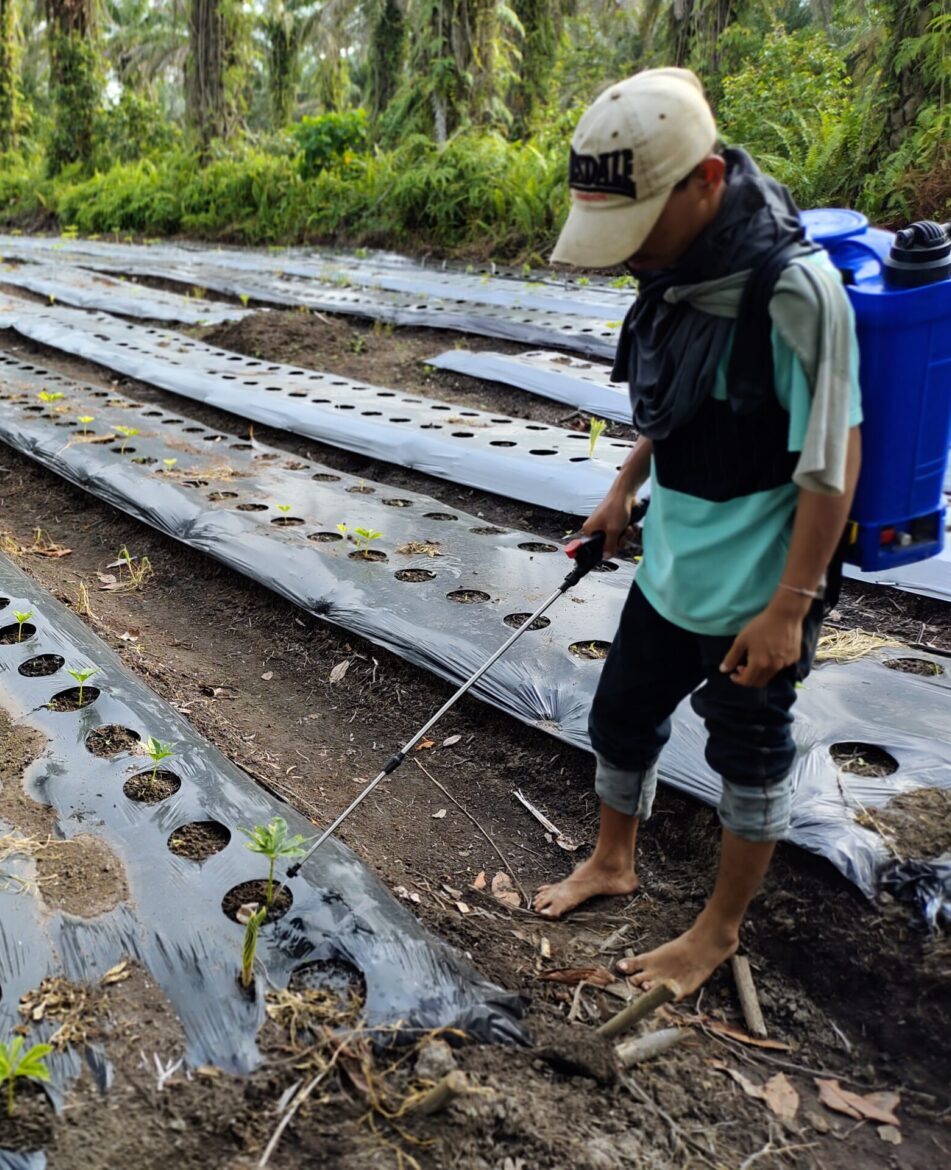


Because it has the potential to absorb water, humus acid is beneficial for encouraging plant growth and development, minimizing the danger of soil erosion, and enhancing the soil’s ability to keep water. Plants’ respiration (respiration) mechanism is accelerated. Before planting, humic aid is normally used by sprinkling it uniformly across the planting bed
Before commencing the yellow konjac planting, we sprayed a micro bacteria spray equally over the yellow konjac planting beds on the area. Spraying can be done in the morning or evening (flexible) depending on the weather that day. Microorganism Solutions are manufactured from natural components and serve as a living and growing substrate for microorganisms that aid in the decomposition of organic debris. Through the fermentation process, the micro-bacteria solution may work as an organic matter reformer, protect roots from pests and illnesses, and serve as a liquid fertilizer.
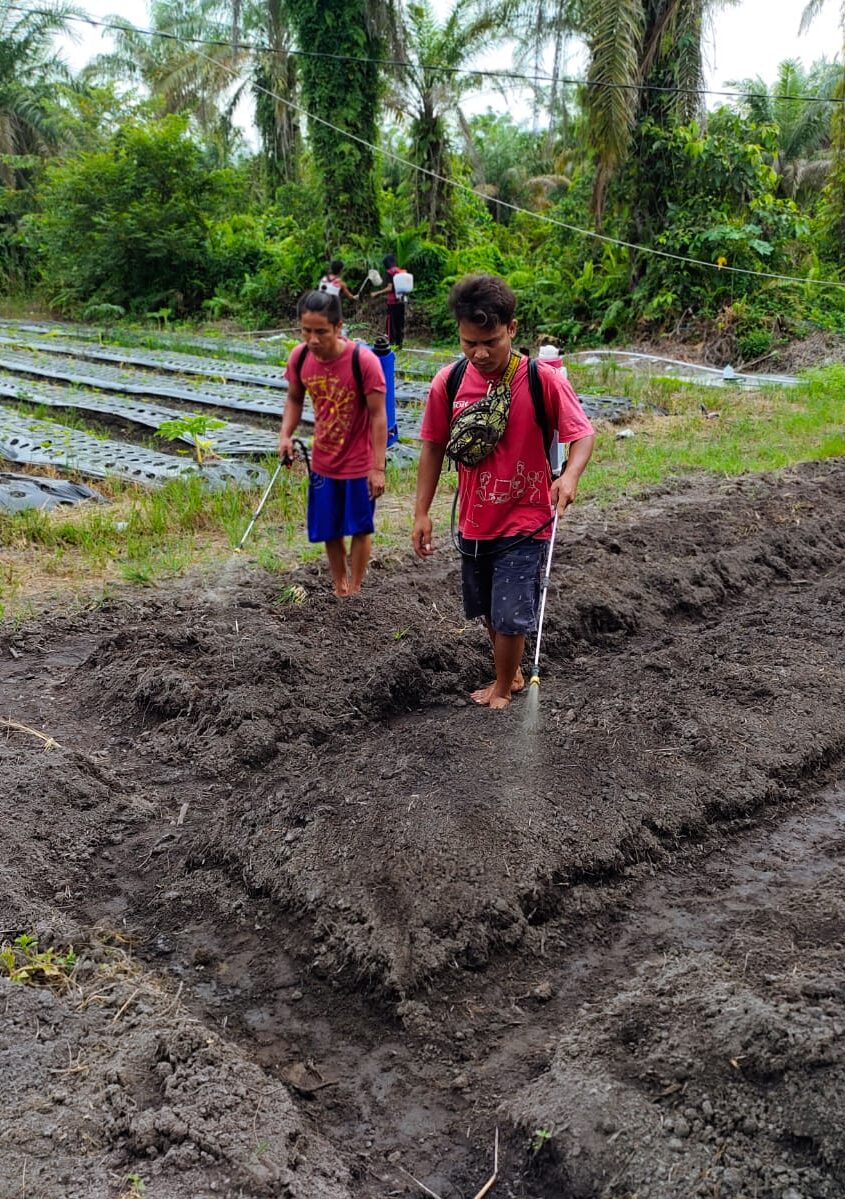





Mulch is used to keep the soil wet, prevent weed development in the early stages of yellow konjac plants, and preserve the soil’s organic content. Straw mulch or plastic mulch can be utilized as mulch. Straw mulch is suggested because it is more organic and may be used as compost for yellow konjac plants. Because the plantation is located far from water sources and straw is difficult to get by, the CV. Anugrah Konjac Indonesia plantation employs using plastic as mulch for planting.
If you have any question regarding our company or related to Konjac Field, please do contact us right away.
Looking any information about konjac? Do search it on our website.
Copyright @ 2022-2023 | Designed by Creed Creatives